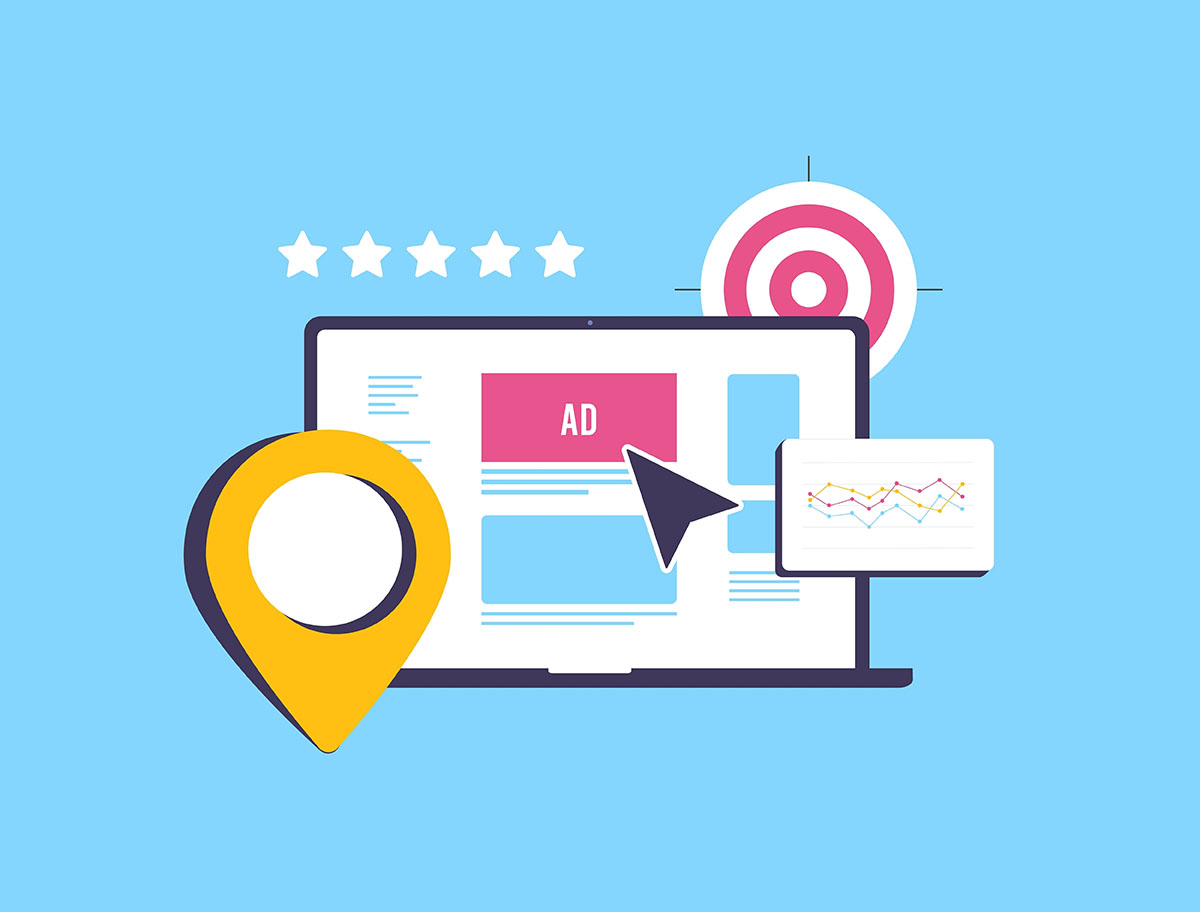A great marketing infrastructure can help you forge a connection with your audience, build relationships, increase revenue, and much more. Without a good infrastructure in place, your marketing efforts may fall short and be far less fruitful than those of your competitors.
What Is Marketing Infrastructure?
Marketing infrastructure refers to the basic organizational structures, or systems and processes, needed for the successful operation of a business. It is the underlying framework, or foundation, upon which your advertising and marketing strategy is built. A solid marketing infrastructure can often support a growing and constant flow of leads and prospects.
A good marketing system can make it easier for you to track data and review analytics so you can see exactly what your audience and customers want without doing all the hard, extra legwork. Better productivity, an enhanced customer experience, and increased agility for your business are other top benefits of implementing a marketing infrastructure. If your business doesn’t already have one in place, it’s never too late to get started.
Components That Make Up a Marketing Infrastructure
A solid marketing infrastructure consists of five elements: sales funnel, brand position, marketing channels, customer relationship management (CRM) and email database, and analytics and reporting. Here’s more about the roles these elements play in infrastructure.
Sales Funnel
A sales funnel is the journey your potential customers will go on or the steps they will take, from prospect to buyer. There are six stages in the sales funnel:
- Awareness. This is when a prospect has their first interaction with your brand or business.
- Interest. Prospects who are interested in your brand or business are now taking the time to learn about your company.
- Evaluation. Your prospect is now taking a more aggressive approach to learn about your brand.
- Negotiation and/or decision-making. The prospect is close to buying your product or service and may be ready to negotiate terms or pricing before doing so.
- Sale. The prospect is now a customer and has purchased your product or service!
- Renewal or repurchase. Your customer is at a point where they are deciding whether to renew your service, buy another product, or switch to a competitor.
The stages of a sales funnel may vary slightly depending on who you ask (HubSpot has a slightly different sales funnel approach), but every funnel outlines the customer journey from beginning to end. A sales funnel is fundamental to infrastructure, as it can help clearly define the process of how to close more sales.
Brand Positioning
Brand positioning refers to the way your brand broadcasts or conveys its unique value to prospects and customers. It involves showing how your brand stands apart from competitors and guiding customers toward forming the right perception of your brand.
Consider the following points when creating a brand positioning statement:
- Who are your customers or target audience, and what do they want?
- What categories do your products and services fall into?
- What are the greatest benefits of buying and/or using your products and services?
- What is the proof of those benefits?
Addressing these points in your brand positioning statement can help you demonstrate your value and establish a clear value proposition. Here are some examples of great brand positioning statements.
Marketing Channels
Marketing channels are the channels you use to advertise your business. Examples include social media, emails, weekly search engine-optimized blogs, and traditional mediums such as billboards and radio.
Many successful businesses use the multi-channel marketing approach, which involves identifying the platforms your target audience uses the most and spending time on those platforms to increase engagement. Experiment with using various channels and analyze your campaign data to find the channels that work best for your brand.
CRM & Email Database
CRM and email databases are invaluable tools that can help your business build the best possible marketing campaigns.
CRM databases store personal details about your customers—such as their ages, purchase histories, and engagement levels—that can help you better understand your target audience. Email databases give you the opportunity to connect and engage with customers and prospects who have already shown an interest in your business.
CRM and email databases can help you create and announce sales and special offers and update your audience regularly on your business and industry-related news.
Analytics & Reporting
A strong analytics and reporting infrastructure can help you understand and identify why certain metrics are doing great and why some aren’t. For instance, you can look into why a new marketing campaign is successful or why your inbound traffic is suddenly way down.
Quality analytics and reporting tools to consider include Google Analytics, HubSpot Marketing Hub, and Salesforce Marketing Cloud Suite. You may also want to consider hiring a dedicated marketing analytics specialist who can collect and analyze your data for you so you can work with your team to make the best decisions.
How to Restructure Your Marketing Efforts
Does your business need help developing, optimizing, or refreshing your existing marketing infrastructure?
At Katava Marketing, your vision is our mission! Our full-service marketing agency can help you restructure your marketing efforts and work with you to develop an effective marketing strategy. Search engine optimization, website design, and email marketing are some of the many services we offer. Contact us today at 973-998-8008 to get started!





